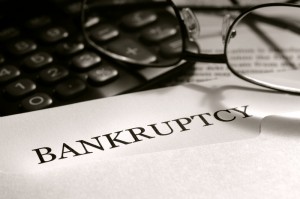 The Chapter 13 plan base is the amount that the debtor must pay during the duration of the plan in order to receive a discharge and complete a bankruptcy case. However, the plan base is not a fixed number that cannot be changed. In fact, it is rare that a debtor completes a Chapter 13 plan and the amount that was paid into the plan was exactly the same amount that was shown on the confirmation order when the court approved the plan.
The Chapter 13 plan base is the amount that the debtor must pay during the duration of the plan in order to receive a discharge and complete a bankruptcy case. However, the plan base is not a fixed number that cannot be changed. In fact, it is rare that a debtor completes a Chapter 13 plan and the amount that was paid into the plan was exactly the same amount that was shown on the confirmation order when the court approved the plan.
There are several reasons for changes in the plan base. First, many districts have local rules that require that the debtor dedicate tax refunds and bonus income to the plan. For example, in the Eastern District of Texas, if a debtor receives a tax refund in excess of $2,000 then the debtor must give the entire refund to the trustee so that the funds can be paid to the unsecured creditors. You might wonder why providing the tax refund to the trustee doesn’t result in the bankruptcy case being completed earlier. The reason is that the tax refund is treated as disposable income above and beyond what was calculated at confirmation. The funds increase the plan base and are used to pay more to the unsecured creditors.
Debtors may also receive pay increases or experience reductions in income during the pendency of the case. When this happens their attorney may be able to modify the plan to increase or reduce the plan payment which changes the plan base amount as well. This could happen several times during the life of a bankruptcy case.
Debtors may also miss mortgage payments during the bankruptcy case that are then included in the plan to be paid. Similarly, if the debtor has tax liability on tax returns that are filed while the case is active then the IRS may require the debtor to modify the plan in order to pay the taxes. Both of these examples can cause an increase in the plan base.